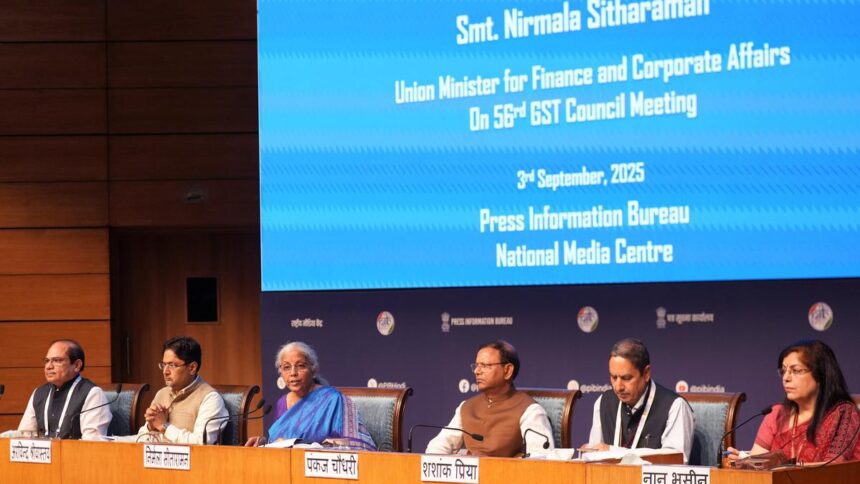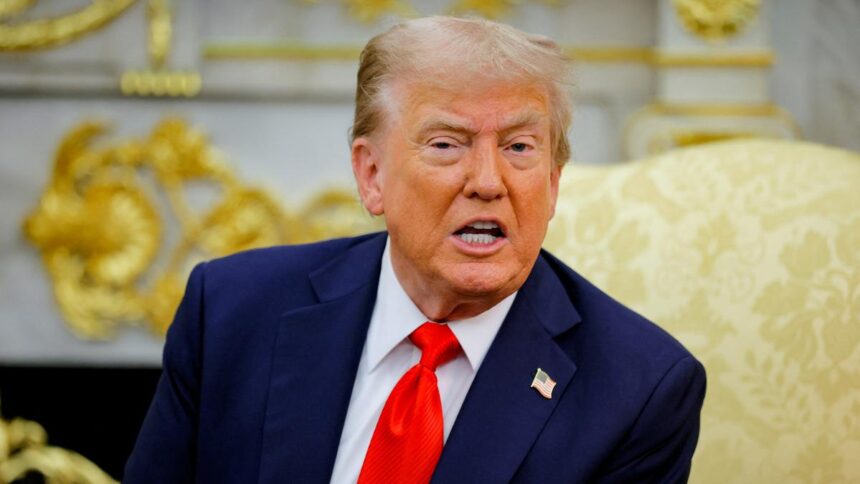Stablecoins are a category of crypto assets that aim to maintain a stable value relative to a specified asset, or basket of assets, providing perceived stability. Various definitions of stablecoins exist, with different countries; standard-setting bodies such as the Financial Stability Board, Bank for International Settlements and International Monetary Fund; and many central banks contributing to these definitions.
Largely, stablecoins are blockchain-based digital assets designed to maintain a consistent value over time. They achieve this by being backed by reserves such as fiat currencies, commodities, or other crypto assets. They are a distinct class of Virtual Digital Assets (VDAs) backed by fiat currencies, commodities, or other assets. They aim to maintain a stable value, thereby distinguishing them from other VDAs.
Broadly, there are three types of stablecoins:
Fiat-backed stablecoins — these are backed by reserves of traditional currencies such as the U.S. dollar or Euro, held in banks or regulated institutions. Examples include the USDT and USDC.
Crypto-backed stablecoins — these are collateralised by other crypto assets. DAI, backed by Ethereum, is a leading example.
Algorithmic stablecoins — these maintain stability through automated algorithms that adjust supply and demand, without relying on reserves. They are more experimental and risk-prone, as seen with projects like TerraUSD.
New financial plumbing
In the traditional financial world, cross-border payments are expensive, slow, and fragmented. Stablecoins are digital tokens backed by fiat reserves and powered by blockchain rails which are rewriting that equation. According to Visa’s 2025 report Making Crypto Real, over $220 billion worth of stablecoins are already in circulation, with transactions settling in seconds rather than days, and at a fraction of traditional costs. The average remittance via stablecoin costs as little as $0.01, compared to $44 through conventional banking routes.
This efficiency is not just a technical feat; it’s economic evolution. In the same way that HTTP allowed information to flow seamlessly across the web, stablecoins could enable value to flow over digital rails in real time. The emerging vision, often described as “agentic payments,” imagines a world where AI systems autonomously initiate transactions paying cloud providers, renewing subscriptions, or even reallocating treasury funds over stablecoin protocols.
A maturing global order
Stablecoins have outgrown their niche origins. Institutional finance has taken notice. BlackRock, Fidelity, and Bank of America have each announced or launched stablecoin initiatives, while Societe Generale became the first major European bank to issue a dollar-pegged coin in 2025. Regulators, once sceptical, are now codifying legitimacy. The EU’s MiCA framework and the U.S. GENIUS Act provide clear definitions, reserve standards, and consumer protections, transforming stablecoins into regulated financial instruments.
In effect, what we are witnessing is not the replacement of traditional money but its modernisation. A new three-layered structure is emerging— the blockchain base layer which is decentralised, auditable, and interoperable; the reserve layer which includes regulated institutions backing stablecoins with transparent fiat or treasury reserves; and the interface layer where payment cards, APIs, and digital wallets are making stablecoins usable in everyday commerce.
Visa and Mastercard’s moves to support stablecoin settlement on Ethereum and Solana are not experiments; they are strategic recalibrations.
Stablecoins are fast emerging as a new settlement layer for global finance. Value can now move as seamlessly as information flows online. By bypassing legacy rails like SWIFT, they transform cross-border transfers from days to seconds, creating a real-time, programmable foundation for the internet economy.
India’s evolving stance
Until recently, India’s approach to stablecoins was cautious. But the global tide is shifting, and so is New Delhi’s calculus. Recently, Finance Minister Nirmala Sitharaman has stated that India needs to be ready to engage with crypto assets, like stablecoins.
The maturation of stablecoins mirrors the path the Internet itself once took: from anarchic experimentation to institutional adoption. What was once a tool for traders is now morphing into a universal payment backbone. In emerging markets, stablecoins are filling gaps that banks find tough to reach; in developed markets, they are cutting inefficiencies that banks long tolerated.
In Visa’s language, stablecoins are “crypto’s superpower.” Their functional advantages, that is, speed, low cost, and transparency are undeniable. But their real promise lies in what they can enable. In an AI-driven, hyper-connected economy, money must move at machine speed.
The road ahead
India’s digital infrastructure built on UPI, Aadhaar, and account aggregators has already redefined inclusion. The next leap is interoperability: not just between banks, but between blockchains, currencies, and algorithms. Stablecoins, with clear regulation and institutional backing, could provide that bridge.
The debate, then, is no longer whether stablecoins will shape the future of finance but how India chooses to shape stablecoins. As the world’s financial plumbing gets rewired, nations that embrace stable, programmable, and globally interoperable money will define the rules of the new digital economy. Stablecoins will not replace fiat but they will redefine what fiat feels like in an Internet-operated world.
Sanhita Chauriha is a Technology Lawyer.
Published – October 08, 2025 08:30 am IST






















